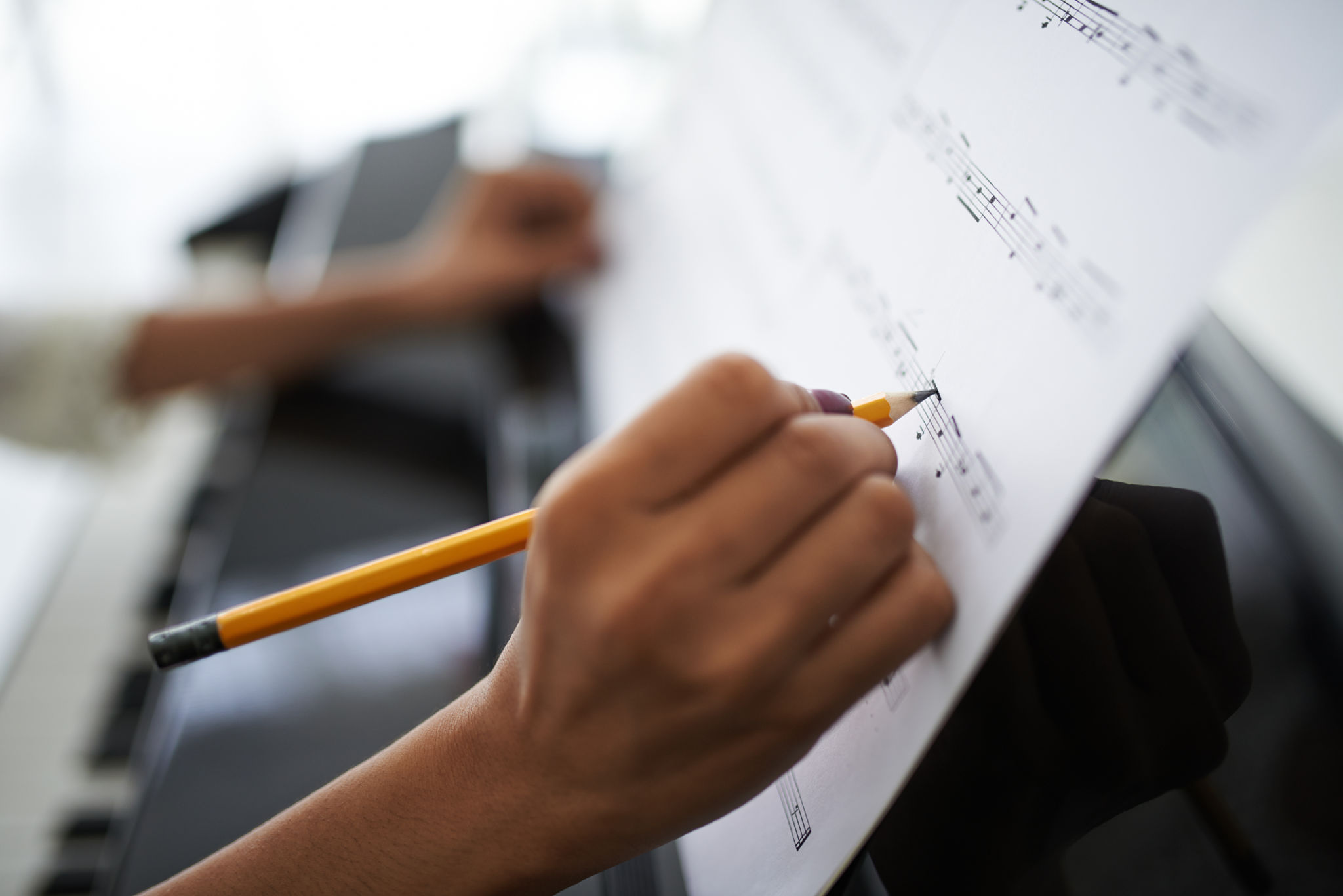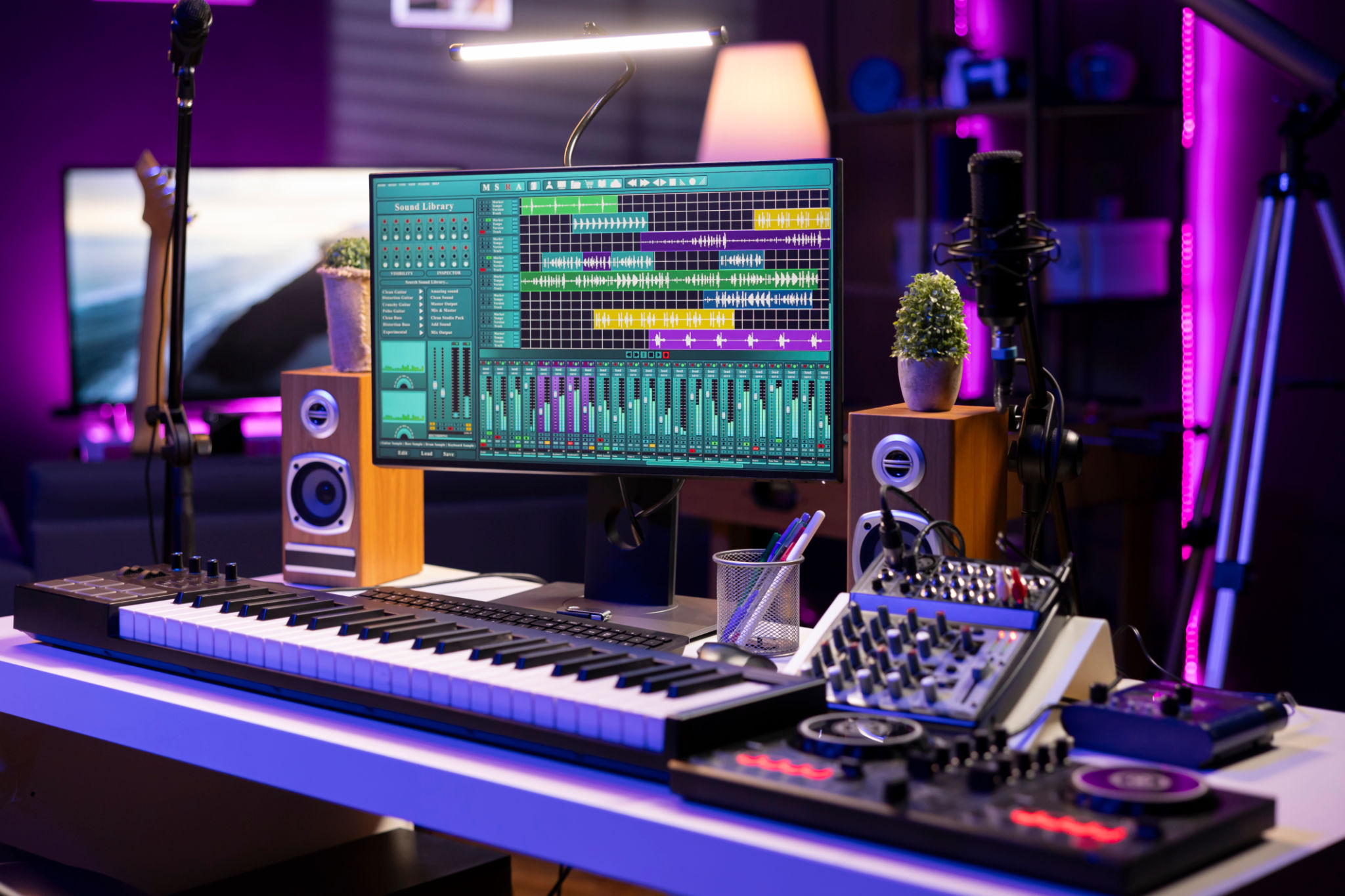Breaking Down the Creative Process: From Inspiration to Finished Track
Finding Inspiration
The journey of creating music often begins with a spark of inspiration. This can stem from a variety of sources such as personal experiences, emotions, or even other forms of art. Musicians frequently draw upon their surroundings, finding beauty in the mundane or excitement in the extraordinary. The key is to remain open and receptive to the world around you, allowing these elements to fuel your creativity.
Many artists keep a journal or a voice recorder handy to capture fleeting ideas or melodic phrases that strike them throughout the day. Whether it's a catchy beat that pops into your head during a commute or a lyric inspired by a passing conversation, documenting these thoughts is crucial in developing them further.

Developing the Concept
Once an idea takes root, the next phase involves fleshing it out into a more structured concept. This stage requires experimentation and exploration. Musicians may play with different chord progressions, rhythms, and sounds to see what resonates most with their initial inspiration. This is a time to be bold and try out unconventional approaches.
Collaboration can be invaluable at this stage. Working with other musicians or producers can introduce new perspectives and ideas that you might not have considered alone. It's important to be open to feedback and willing to adjust your concept accordingly.
Structuring Your Track
With a solid concept in place, the next step is structuring your track. This involves deciding on the arrangement and flow of the song. A typical structure might include elements such as verses, a chorus, a bridge, and an outro. However, there's no strict formula; the structure should serve the song's emotional journey.

During this phase, it's helpful to create a rough draft or demo of the track. This allows you to hear how each part interacts within the whole piece, making it easier to identify areas that need refinement or enhancement.
Polishing the Sound
Once the structure is set, attention turns to polishing the sound. This encompasses refining the mix, ensuring each element has its place, and adjusting levels so that nothing is overpowering or lost in the background. This stage often involves layering different sounds and effects to create depth and texture.
Producers might use tools such as equalization, compression, and reverb to enhance the track’s quality. It's a meticulous process that requires a keen ear and patience to achieve the desired sonic balance.

The Finishing Touches
As the track nears completion, it's time for the final touches. This includes mastering, which ensures that the track sounds cohesive across all playback systems. Mastering can make a significant difference in the overall impact of your music.
After mastering, it's wise to step back and listen to the track from start to finish as a listener rather than the creator. This fresh perspective can reveal any last-minute adjustments needed before sharing your music with the world.
Releasing Your Music
With the track polished and ready to go, the final step is releasing your music. This involves choosing how and where to distribute it—whether through streaming platforms, social media, or live performances. A well-planned release strategy can help maximize your reach and engagement with your audience.
Remember, the creative process is not just about reaching the finish line but also about embracing each stage's unique challenges and joys. Every track you create adds to your artistic growth and paves the way for future musical endeavors.